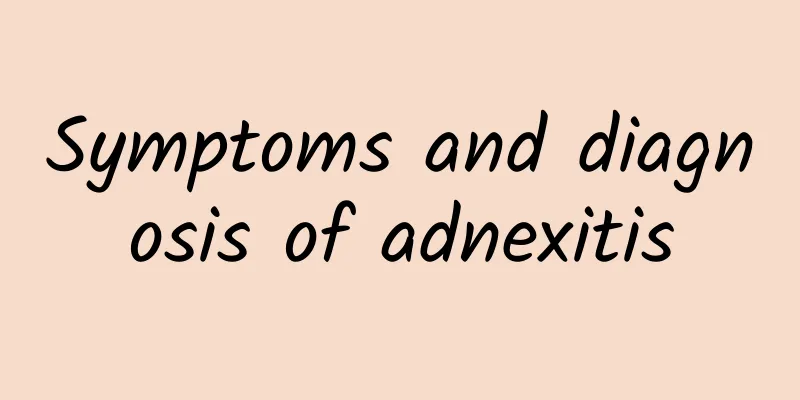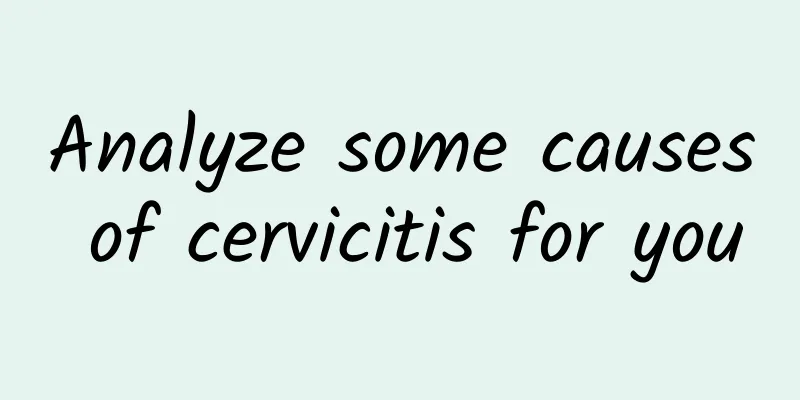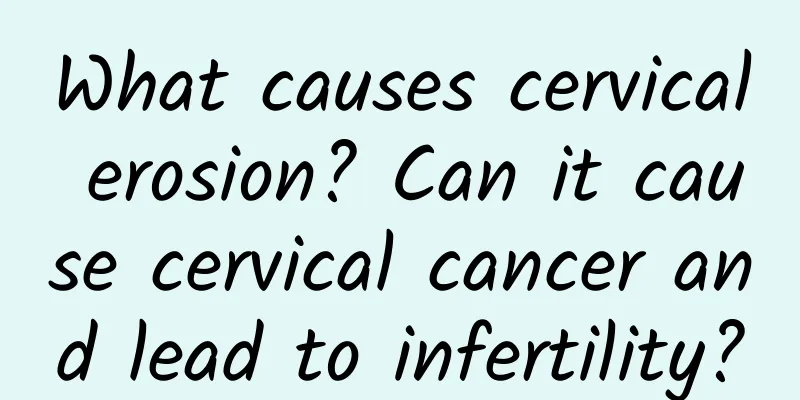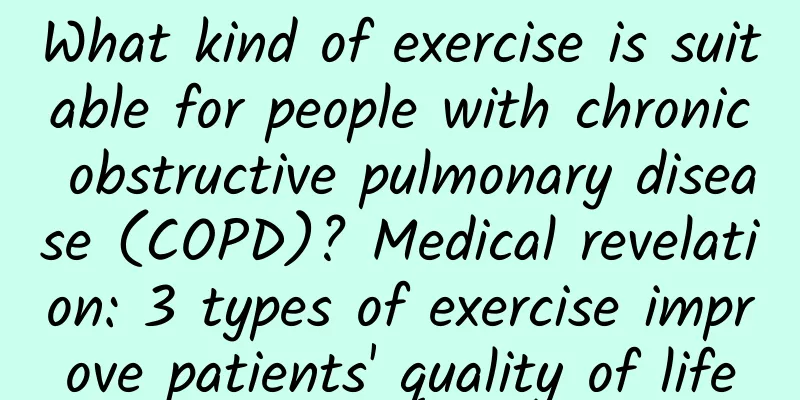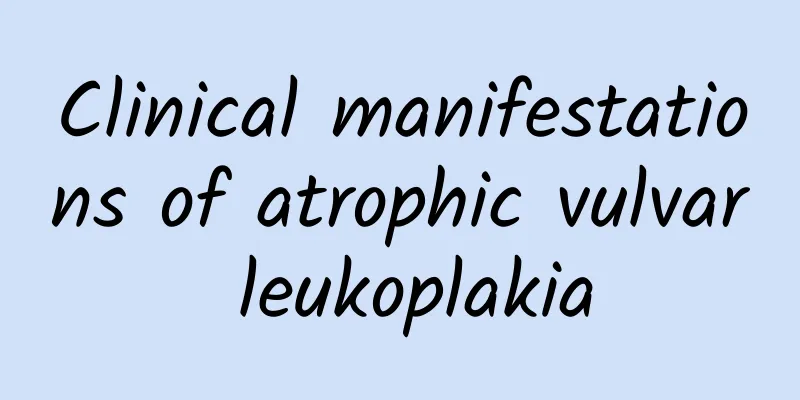Treatment methods for different stages of adnexitis
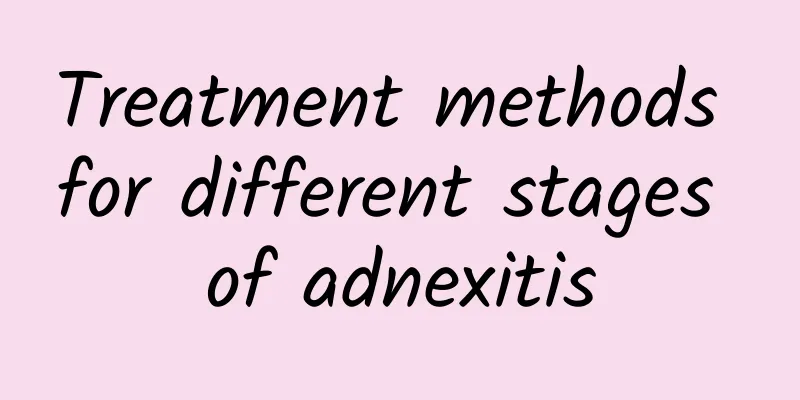
|
Adnexitis refers to inflammation of the fallopian tubes and ovaries. There are acute and chronic adnexitis. Generally speaking, the chronic adnexitis we refer to is the acute adnexitis. Adnexitis is a common disease among women, especially in countries with disordered sexual life and rampant sexually transmitted diseases. The main causes of pelvic inflammatory disease in my country include poor personal hygiene, the use of intrauterine contraceptive devices, postpartum and post-abortion infections, insufficient attention to aseptic operation during gynecological examinations and surgeries, unclean sexual intercourse or sexual intercourse during menstruation, etc., which can easily lead to the invasion of pathogens and cause disease. Chronic adnexitis is often caused by the failure to properly and thoroughly treat acute adnexitis or by the patient's poor physical condition and prolonged course of the disease. Clinically, systemic symptoms are mostly not obvious, and may manifest as low-grade fever and fatigue. When the disease lasts for a long time, some patients may have symptoms of neurasthenia, such as lack of energy, general discomfort, Insomnia, etc. When the patient's resistance is poor, acute or subacute attacks are likely to occur. Local symptoms are mostly manifested as lower abdominal distension, pain, and lumbar pain, which are often aggravated after fatigue, sexual intercourse, defecation, and before and after menstruation; patients may have increased menstruation and leucorrhea, menstrual disorders when ovarian function is damaged, and infertility when fallopian tube adhesions and blockages occur. The treatment of chronic adnexitis is not complicated, but it is easy to relapse, so it seems lingering and difficult to cure.In the acute stage of adnexitis, hospitalization is required, and antibiotic-based drug therapy is used. Sometimes vaginal incision and drainage of pus are used. Although this method can relieve the painful symptoms of the acute stage, due to the continued inflammation in the abdomen, symptoms such as slight fever, discomfort and pain in the lower abdomen will continue to occur. In order to prevent chronicity, appropriate treatment must be adhered to. Most acute adnexitis will not turn into chronicity after antibiotic treatment and can be gradually cured. Chronic adnexitis is usually treated with antibiotics and anti-inflammatory analgesics, and the condition is observed. If the adhesion symptoms cannot be relieved and the abscess does not shrink, surgery must be performed to remove the adhesion and abscess. |
<<: 6 reasons why incomplete abortion occurs during artificial abortion
>>: There are 3 treatments for chronic adnexitis:
Recommend
What to eat for pelvic inflammatory disease?
What to eat for pelvic inflammatory disease? Pelv...
What should I pay attention to if I have cervical warts?
Cervical warts are a common skin disease. The occ...
What factors are related to the time of menopause in menopausal women?
Light menstrual flow during menopause is a precur...
15-year-old girl's belly is bulging and covered with "stretch marks", and her mother is horrified after the CT scan
A few months ago, an anxious couple brought their...
Is uterine fibroid surgery safe?
Uterine fibroids are the most common benign gynec...
What is an ovarian cyst
What is an ovarian cyst? Ovarian cysts have no ob...
Pregnant mothers' early diet should avoid greasy and irritating foods
In the early stages of pregnancy, expectant mothe...
Is it easy for women with irregular menstruation to get pregnant?
If a woman has long-term menstrual irregularities...
What are the main clinical manifestations of cervicitis?
Regarding the symptoms of cervicitis, patients ca...
Detailed introduction to the examination items for cervical hypertrophy
The incidence of cervical hypertrophy has been ve...
What complications may result from hydatidiform mole
What complications may result from hydatidiform m...
Which hospital is good for treating uterine effusion?
When it comes to treating uterine effusion, every...
Don’t be NG with the crazy facial mask! 4 major pitfalls of applying facial masks
It is well known that Taiwanese women love to app...
How to lose weight if you are too lazy to move? It turns out that “micro-exercise” is super easy!
Everyone knows that exercise is good for the body...
How do we diagnose cervicitis?
How should we diagnose cervicitis? I believe many...

